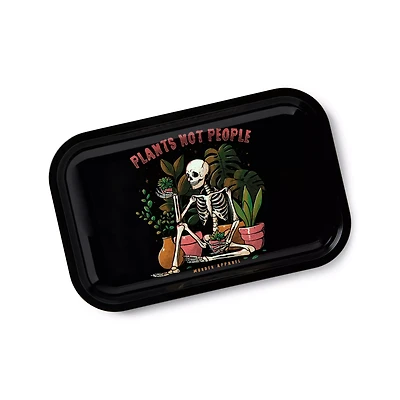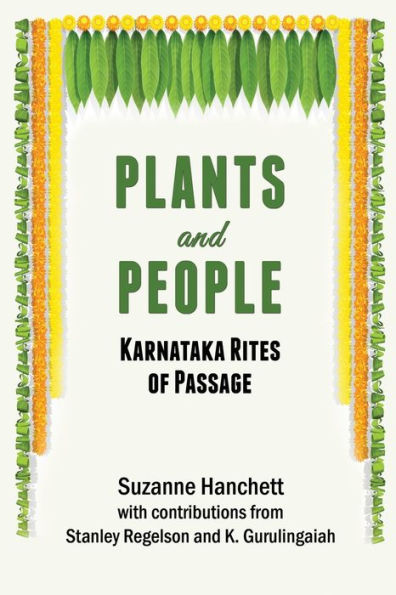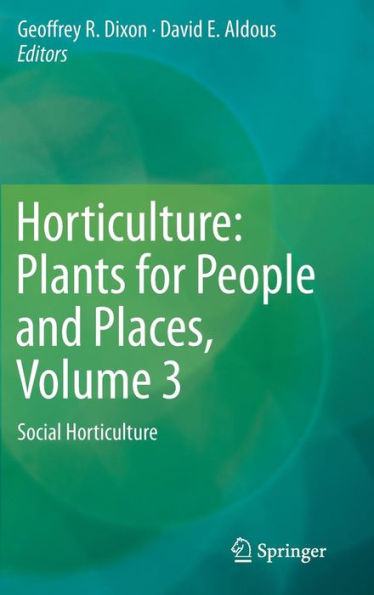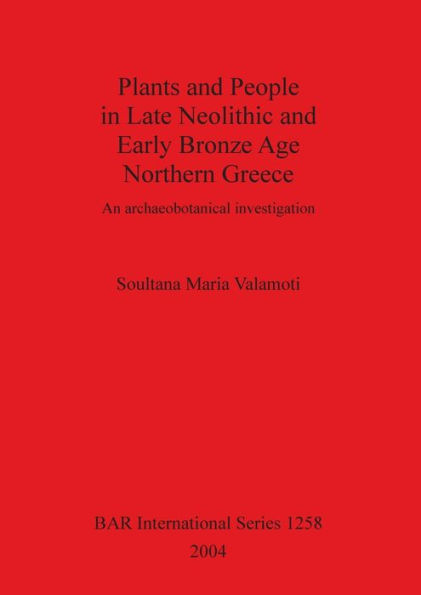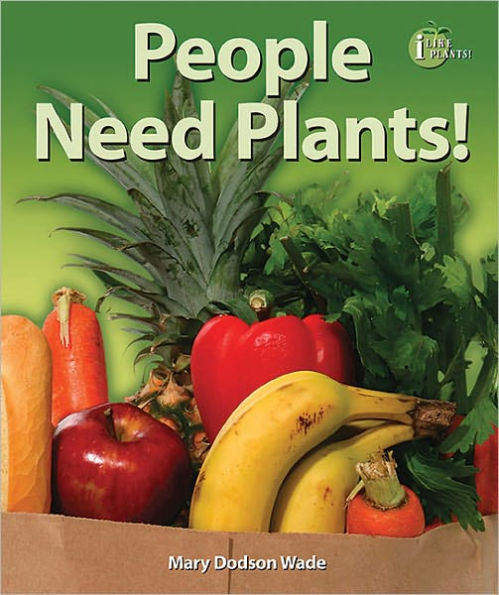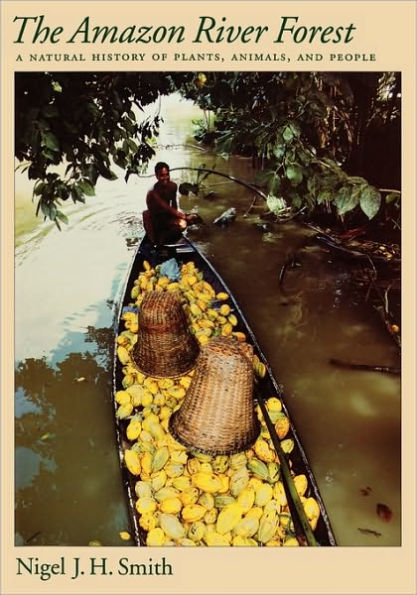Home
Of Plants and People
Barnes and Noble
Loading Inventory...
Of Plants and People in Franklin, TN
Current price: $21.95

Barnes and Noble
Of Plants and People in Franklin, TN
Current price: $21.95
Loading Inventory...
Size: OS
What are the origins of agriculture? How did people learn to domesticate plants? How did they come to improve some? How did they learn special techniques for processing certain plants for food?
In these highly personal and informal essays-old-fashioned botany, the author calls them-noted botanist Charles Heiser investigates those and other questions raised by the interactions of plants and people. His purpose is to try to find the origins of some of our domesticated plants and to consider other plants that might someday contribute to our food resources.
In
Of Plants and People
, Heiser examines the origins of pumpkins, squashes, and other cucurbits. In
The Totora and Thor
, he digresses from food plants to trace the spread of the totora reed from South America to Pacific islands.
Little Oranges of Quito
is about the domestication of a wild plant, the
naranjilla,
that is going on today.
Chenopods: From Weeds to the Halls of Montezuma
concerns the uses of the Andean
quinua
and its relatives, and
Sangorache and the Day of the Dead
,
A Trip to Tulcán
, and
Chochos and Other Lupines
all examine Latin-American domestic plants that could contribute to our own foods.
Green ‘Tomatoes’ and Purple 'Cucumbers
, the
tomate
and the
pepino,
respectively, describes two other crops that have received scant notice in the United States.
The subject of "How Many Kinds of Peppers Are There?" is the genus
Capsicum,
with its sweet green and hot red peppers and all their related species and varieties. Heiser again writes about nonfood plants in the essay "Peperomias," but in the next chapter, "Sumpweed," he discusses a plant that was once used for food but that has been neglected in favor of others. And in "A Plague of Locusts" the author compares the honey locust tree with a close relative to try to determine what gives particular plants advantages in certain environments.
In his final essay,
Seeds, Sex, and Sacrifice
, Heiser relates myth, anthropological evidence, and botanical findings to review the connection between religion and the origin of agriculture.
The audience for this book will include botanists, horticulturists, anthropologists, and any reader interested in the interrelationships between plants and people.
In these highly personal and informal essays-old-fashioned botany, the author calls them-noted botanist Charles Heiser investigates those and other questions raised by the interactions of plants and people. His purpose is to try to find the origins of some of our domesticated plants and to consider other plants that might someday contribute to our food resources.
In
Of Plants and People
, Heiser examines the origins of pumpkins, squashes, and other cucurbits. In
The Totora and Thor
, he digresses from food plants to trace the spread of the totora reed from South America to Pacific islands.
Little Oranges of Quito
is about the domestication of a wild plant, the
naranjilla,
that is going on today.
Chenopods: From Weeds to the Halls of Montezuma
concerns the uses of the Andean
quinua
and its relatives, and
Sangorache and the Day of the Dead
,
A Trip to Tulcán
, and
Chochos and Other Lupines
all examine Latin-American domestic plants that could contribute to our own foods.
Green ‘Tomatoes’ and Purple 'Cucumbers
, the
tomate
and the
pepino,
respectively, describes two other crops that have received scant notice in the United States.
The subject of "How Many Kinds of Peppers Are There?" is the genus
Capsicum,
with its sweet green and hot red peppers and all their related species and varieties. Heiser again writes about nonfood plants in the essay "Peperomias," but in the next chapter, "Sumpweed," he discusses a plant that was once used for food but that has been neglected in favor of others. And in "A Plague of Locusts" the author compares the honey locust tree with a close relative to try to determine what gives particular plants advantages in certain environments.
In his final essay,
Seeds, Sex, and Sacrifice
, Heiser relates myth, anthropological evidence, and botanical findings to review the connection between religion and the origin of agriculture.
The audience for this book will include botanists, horticulturists, anthropologists, and any reader interested in the interrelationships between plants and people.
What are the origins of agriculture? How did people learn to domesticate plants? How did they come to improve some? How did they learn special techniques for processing certain plants for food?
In these highly personal and informal essays-old-fashioned botany, the author calls them-noted botanist Charles Heiser investigates those and other questions raised by the interactions of plants and people. His purpose is to try to find the origins of some of our domesticated plants and to consider other plants that might someday contribute to our food resources.
In
Of Plants and People
, Heiser examines the origins of pumpkins, squashes, and other cucurbits. In
The Totora and Thor
, he digresses from food plants to trace the spread of the totora reed from South America to Pacific islands.
Little Oranges of Quito
is about the domestication of a wild plant, the
naranjilla,
that is going on today.
Chenopods: From Weeds to the Halls of Montezuma
concerns the uses of the Andean
quinua
and its relatives, and
Sangorache and the Day of the Dead
,
A Trip to Tulcán
, and
Chochos and Other Lupines
all examine Latin-American domestic plants that could contribute to our own foods.
Green ‘Tomatoes’ and Purple 'Cucumbers
, the
tomate
and the
pepino,
respectively, describes two other crops that have received scant notice in the United States.
The subject of "How Many Kinds of Peppers Are There?" is the genus
Capsicum,
with its sweet green and hot red peppers and all their related species and varieties. Heiser again writes about nonfood plants in the essay "Peperomias," but in the next chapter, "Sumpweed," he discusses a plant that was once used for food but that has been neglected in favor of others. And in "A Plague of Locusts" the author compares the honey locust tree with a close relative to try to determine what gives particular plants advantages in certain environments.
In his final essay,
Seeds, Sex, and Sacrifice
, Heiser relates myth, anthropological evidence, and botanical findings to review the connection between religion and the origin of agriculture.
The audience for this book will include botanists, horticulturists, anthropologists, and any reader interested in the interrelationships between plants and people.
In these highly personal and informal essays-old-fashioned botany, the author calls them-noted botanist Charles Heiser investigates those and other questions raised by the interactions of plants and people. His purpose is to try to find the origins of some of our domesticated plants and to consider other plants that might someday contribute to our food resources.
In
Of Plants and People
, Heiser examines the origins of pumpkins, squashes, and other cucurbits. In
The Totora and Thor
, he digresses from food plants to trace the spread of the totora reed from South America to Pacific islands.
Little Oranges of Quito
is about the domestication of a wild plant, the
naranjilla,
that is going on today.
Chenopods: From Weeds to the Halls of Montezuma
concerns the uses of the Andean
quinua
and its relatives, and
Sangorache and the Day of the Dead
,
A Trip to Tulcán
, and
Chochos and Other Lupines
all examine Latin-American domestic plants that could contribute to our own foods.
Green ‘Tomatoes’ and Purple 'Cucumbers
, the
tomate
and the
pepino,
respectively, describes two other crops that have received scant notice in the United States.
The subject of "How Many Kinds of Peppers Are There?" is the genus
Capsicum,
with its sweet green and hot red peppers and all their related species and varieties. Heiser again writes about nonfood plants in the essay "Peperomias," but in the next chapter, "Sumpweed," he discusses a plant that was once used for food but that has been neglected in favor of others. And in "A Plague of Locusts" the author compares the honey locust tree with a close relative to try to determine what gives particular plants advantages in certain environments.
In his final essay,
Seeds, Sex, and Sacrifice
, Heiser relates myth, anthropological evidence, and botanical findings to review the connection between religion and the origin of agriculture.
The audience for this book will include botanists, horticulturists, anthropologists, and any reader interested in the interrelationships between plants and people.
